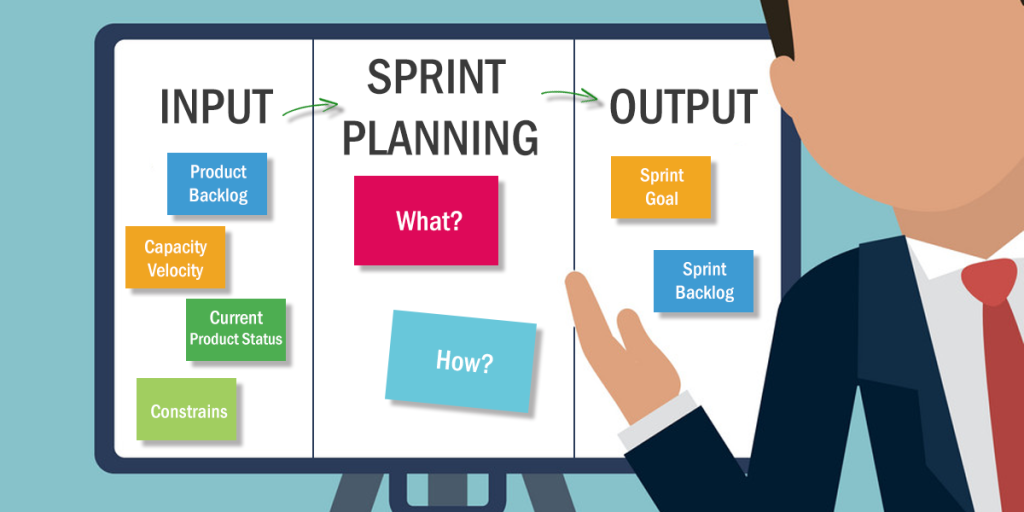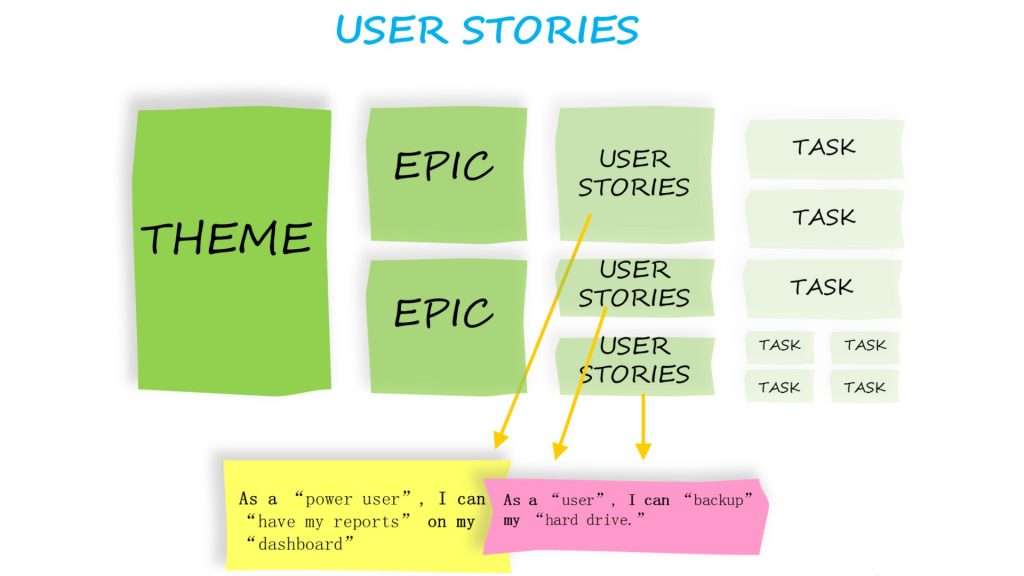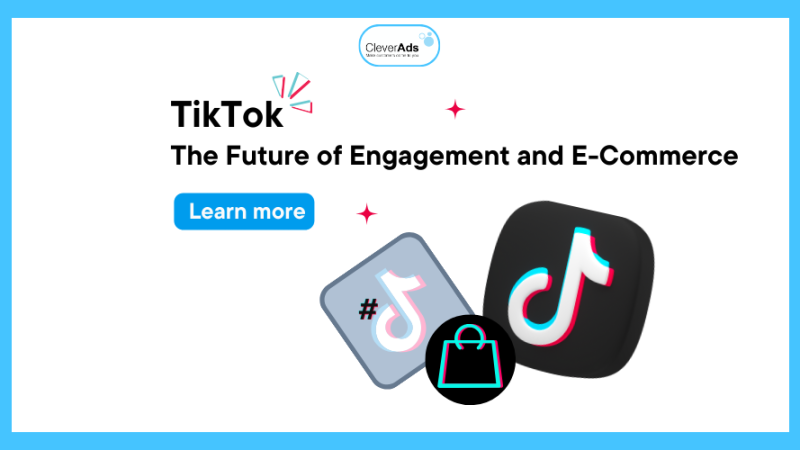What is Agile Marketing? Build and deploy

What is Agile Marketing? What is the reason to use Agile marketing? How to build and implement Agile marketing?
1. What is agile marketing?
In agile marketing, marketing teams come together to identify high-value projects to focus their joint efforts. The definition of this approach involves self-organization, experimentation, and a focus on delivering work on short notice — the core of agile marketing is fast-paced.”
2. How does agile marketing work?
Agile marketing works by structuring projects around standard output and frequent re-adjustment. It is carefully planned but in a way that allows for experimentation.
Customer priority is the core principle. When marketers can react, they can perform potential targeting. For example, agile marketing teams may decide a project needs to deliver more value and should not be repeated.
Learning from any failure and figuring out what not to do on future projects can create even better projects.
The following values underpin the way Agile marketing teams work:
- React to change according to a plan
- Rapid iteration in large campaigns
- Tests and data instead of opinions and unwritten rules
- Some smaller trials in a few big bets
- Personal and interactive on the big market
- Collaborating on silos and decentralization
Agile marketing applies iterative development, and each iteration is designed to be small and manageable, which can be delivered over a specific short period of time, a week or a few weeks.
3. The Role of Agile Marketing
So what is the role of Agile marketing? Below are some of the key roles of Agile marketing for businesses.
- Agile marketing helps identify the mission that brings the most value to the business and ensures that that task is prioritized and focused, not interrupted by any activities.
- Agile marketing helps to develop an efficient workflow and define the tasks of each member.
- Agile marketing helps measure, test, and adjust your approach to achieving your goals.
- Learn from mistakes, continuously revise and improve to achieve greater results.
4. Why businesses should use Agile marketing.
4.1. Agile Marketing is fast
According to the State of Agile 2022 Report, 55% of Agile marketing teams can release things faster, and 48% can redirect quickly when a request is made. (Agile Sherpa)
Agile marketing brings marketing campaigns to market faster, according to 27% of marketing leaders (Aprimo/Forbes)
93% of CMOs who adopt Agile methods say the speed at which their ideas, campaigns, and products are marketed has improved. (Forbes/CMG Partner)
Many projects are completed on time after switching to Agile marketing, 28% of senior marketers said. (Aprimo/Forbes)”
4.2. Agile Marketing increases marketing effectiveness
3% of Agile marketers say they can manage priorities more effectively in an Agile environment. Another 62% also say they are more productive with Agile (Agile Sherpas). 21% of senior marketers enjoy more effective marketing iterations when Agile. (Aprimo/Forbes)
Agile has reduced the approvals needed to get work done, 16% of marketers surveyed said. (Aprimo/Forbes)
Flexible marketing teams are more responsive to customers. 80% of CMOs say switching to Agile has helped them deliver a better product that is more relevant to their end users. (Forbes/CMG Partner)
Likewise, 26% of senior Agile marketers say they now have a more flexible approach to changing customer needs. (Aprimo/Forbes). This is hugely important because almost half of most marketers’ daily priorities vary based on what’s in their email inbox (marketing professor)”
4.3. Agile Marketing Teams Often Feel Happier
Individuals in agile marketing teams feel more satisfied, loyal, and creative. Agile Marketers are more involved in their work because they control it. 87% of Agile CMOs found their teams more productive after switching to Agile Marketing. (Forbes/CMG Partner)
Read more: Overall marketing and strategy-building methods
5. How to implement Agile marketing.
Each Marketing department will figure out what works best for them, but when implementing any Agile Marketing, there are the following items:”
5.1. Sprint planning.
Sprint is how long you allow your team to complete ongoing projects. Typically, a Sprint planning session lasts from two to six hours. After this sprint planning session, the whole team will agree on the goals to be achieved in the sprint, the things to do to complete the sprint goals, and assign tasks. Larger initiatives may not be finalized in a single Sprint, and it may be necessary to break them down into smaller, smaller projects to tackle in multiple sprints.

Specifically, the content of the sprint planning session will be as follows:
Backlog review
- Estimate the time needed and the priority of the tasks
- Determine what tasks will be handled in the sprint
Planning for sprints
- Collect information: the number of working hours of each team member, the number of hours the team can spend on everyday tasks
- Deciding on sprint time
Assign stories to members
Discuss related goals or possible difficulties during the sprint. Set a more specific goal for the sprint (e.g., sprint lasts for up to 1 week)
In Agile Marketing, the Sprint Planning session aims to unify the sprint goal and sprint backlog for the team.
In a sprint planning session, the members themselves can participate in the discussion and clearly state the amount of work they can undertake. Therefore, Agile promotes more work commitment of members: they commit themselves instead of letting their superiors commit to them.
5.2. Standup Meeting.
Your team should assemble daily for a short stand-up meeting (maximum 15 minutes). All team members must summarize what they did and accomplished the day before and their plans for today. They should also talk about any problems or problems they have that need to be addressed:
- What did they do the day before?
- What will they do today?
- Is a problem interfering with their ability to get the job done?
Additionally, the Scrum Master (the name of the manager of the Scrum cycle) will adjust the work according to the members’ reports.”

5.3. Sprint Review
At the end of the Sprint cycle, there will be 2 meetings. The first session is called Sprint review and lasts up to 2 hours with the full participation of leaders, the sales team, and the developer team. The goal of this meeting is to summarize what was achieved during the Sprint, identify any remaining tasks, or consider adding tasks to the backlog in the next Sprint Planning session.
The Sprint Review is important because it ensures that the company understands what the marketing team is doing and what results are being delivered.
5.4. Sprint Retrospective
Unlike the Sprint Review, which focuses on “”what can be done””, the Sprint Retrospective will delve into the question of “how”. Although, this session will only last for a maximum of 1 hour. Only the marketing team will participate and will focus on answering 2 questions:
- What did we do well in the last Sprint?
- What is there in the previous Sprint that we need to improve?
5.5. User Stories
Another characteristic of Agile Marketing is the customer’s perspective on the end product.”

For marketing activities to be most effective, they must be built on customer insights. These are called user stories and will be added to the end product of the sprint as a test case for the product. The results after the sprint need to meet the needs of the customer and help them go through the buyer journey easily.
A user story is usually written in the following structure: As a [customer filename], I want to [do something] to be able to [achieve/get something].
6. Conclusion
Above is all you need to understand to understand what Agile Marketing is. The key is “getting started”. But take your time; expect a little. Instead, start thinking like Agile’s rule: test quickly, test often””, and “Getting done is more important than getting it right”. Know what is working and what is stagnating. Adjust if necessary.


